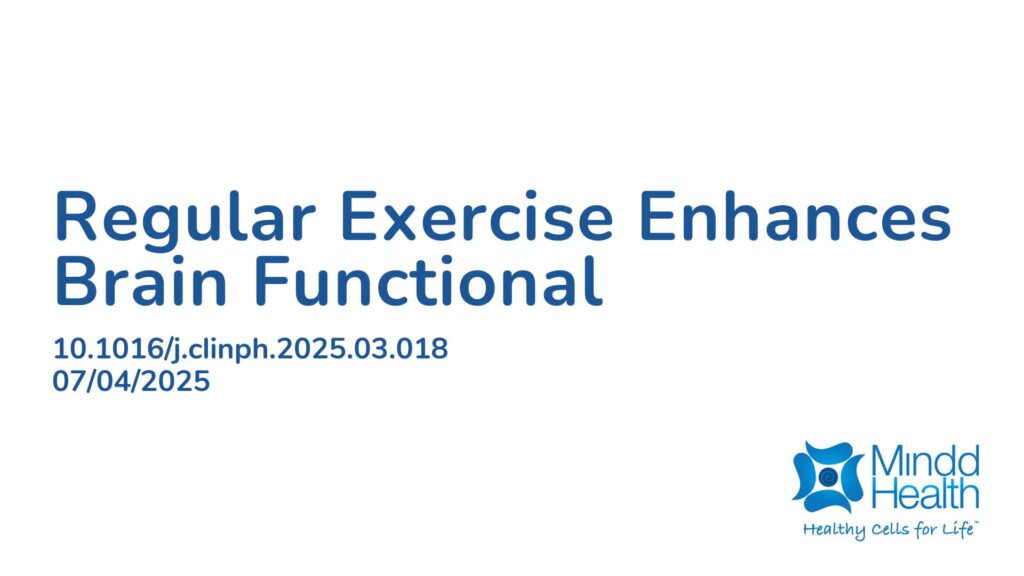Summary:
Parkinson’s Disease (PD) affects nearly 10 million people worldwide. Current treatments include medications such as levodopa or dopamine agonists, and surgical approaches like deep brain stimulation. Research increasingly shows that physical therapy and exercise can provide long-term benefits for people with PD. Exercise has been linked to improvements in motor symptoms, including gait, balance, and muscle strength, as well as non-motor symptoms such as mood, memory, and executive function. Imaging studies suggest that exercise may also induce positive structural and functional changes in the brain, although the precise mechanisms remain unclear. This study examined how exercise influences neurophysiological activity in PD. Nine participants completed up to 12 cycling sessions over four weeks, with neurophysiological changes tracked before and after each session. Across 100 cycling sessions, immediate changes were minimal. However, long-term trends indicated modifications in neuronal activity over time, including positive effects on neuroplasticity. These findings suggest that regular exercise can help the brain adapt and reorganize itself. While this study focused on brain activity, other research shows that similar cycling programs can improve walking, balance, stride length, and overall movement. In summary, regular, structured exercise may not produce instant results, but over time it can enhance brain function and support improvements in movement, strength, and overall quality of life for people with PD.
Abstract:
Objective: Physical exercise like dynamic cycling has shown promise in enhancing motor function in Parkinson’s disease (PD). We examined the underlying mechanisms of dynamic cycling in PD, emphasizing its impact on the activity of the subthalamic nucleus (STN), a pivotal region within the basal ganglia. Methods: The investigation involved 100 dynamic cycling sessions conducted among nine PD individuals. Each participant underwent a maximum of 12 sessions over a four-week period. Local field potentials (LFPs) originating from the STN were recorded before and after cycling, utilizing DBS electrodes positioned within the nucleus. We evaluated both immediate and sustained impacts of dynamic cycling on LFP. The periodic LFP activity was assessed by determining the dominant spectral frequency and the power associated with that frequency. Aperiodic LFP activity was analyzed by calculating the 1/f exponent of the power spectrum. Results: Immediate and sustained effects of dynamic cycling on LFPs were evaluated. While immediate changes were insignificant, long-term effects showed an increasing trend in power and the 1/f exponent of the power spectrum, a measure of fluctuation in the signal, in the dorsolateral region of the STN. Ventral region of the STN did not show a significant response to the exercise intervention. Conclusion: These results highlight the impact of dynamic cycling on STN neuronal activity in PD. Prolonged interventions, even without immediate changes, bring about significant modifications, emphasizing the role of extended exercise in PD management and neuroplasticity.
Article Publication Date: 07/04/2025
DOI: 10.1016/j.clinph.2025.03.018



